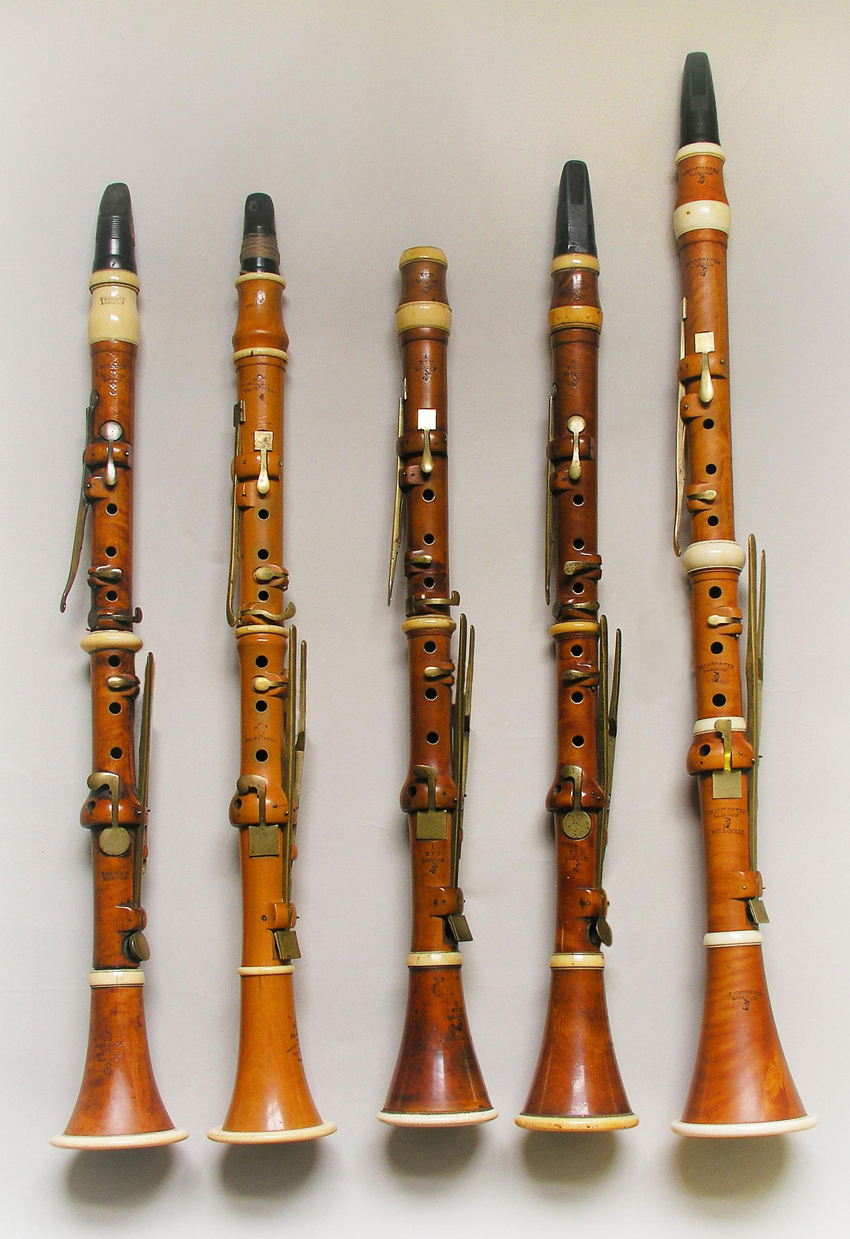-
Lohff & Pfeiffer
About Lohff & Pfeiffer
Iimprint
Contact
Newsletter
Location
L&P team
- Instruments
General
Trade options
About clarinet
Search specific instrument
Ab-clarinet
Eb-clarinet
D-clarinet
C-clarinet
Bb-clarinet
A-clarinet
Mozart basset-clarinet A
G-clarinet
Bassethorn F
Alto-clarinet Eb
Bass-clarinet
Contraalto Eb-clarinet
Contrabasse Bb-clarinet
German-Albert system Bb
Reform Boehm A & Bb
Peter Bastian Instruments
Plateau clarinets
Quartertone clarinet
- L&P Optimization
Optimization
Customization
Specialities
Special Keywork
- Accessories
General
Care products
For instruments
Reeds
Tools for reeds
Straps and hand rests
- Repair
Book time
About Repair
Maintenance
Plating-Surface treatment
Pads
Padding style
Cracks
Tone hole problems
Joints
- Tips & Advice
How to..
Videos
Worldwide external information
Problems & help
Education & learning

.Historic instruments
Some older instruments have unusual mechanical features or are made out of atypical material like unfamiliar wood, metal, plastic or hard rubber. When historic instruments are restored it needs to be decided if they should be restored historically correct or with a certain musical capability in mind. There is no right or wrong, it is a question of opinion. For an heirloom or collector, they definitely have value.
Instruments built before 1954 often have completely cylindrical bores which make them harder to play in tune, particularly in the upper register. These are usually not the best instruments for beginners. Inheriting an old instrument from your grandparents is great, but it should be seen as an heirloom and not one for a beginner to play.
It is important, however, to distinguish between worn out and old instruments. We often come across instruments in which the plating is completely gone, the keys aren't working, the wood is cracked or pads are missing or eaten by insects. As irreparable as these instruments may seem, sometimes they can be brought beautifully back to life. Consider allowing us to inspect your older instrument to see if it may still have excellent potential.
Older instruments are often sharp in pitch, very free blowing, unfocused in sound or they can have other intonation issues. Most of these issues can be fixed very nicely. From individual tuning to a complete bore replacement, we can offer a wide range of solutions. The particular sound of these instruments might make it worth while to consider these options..
Help us to get better
Was this article helpful?
Comments, additions or questions are always welcome at: info@clarinet.dk(C)2011 - by Lohff & Pfeiffer USA-6220 Rhode Island Ave-Riverdale Park MD 20737 - USA - Phone: (812) 929 5556 & 415 470 6879 - info@clarinet.dk - Instruments






